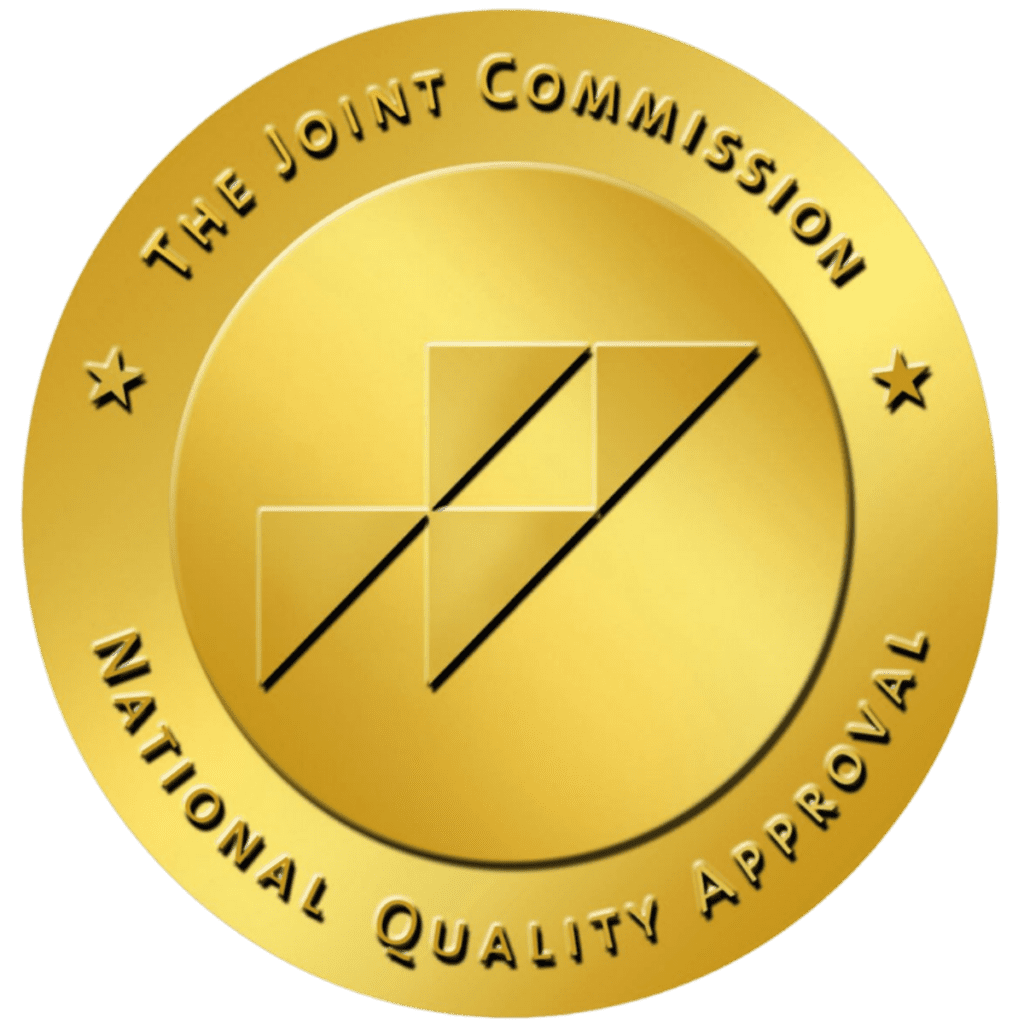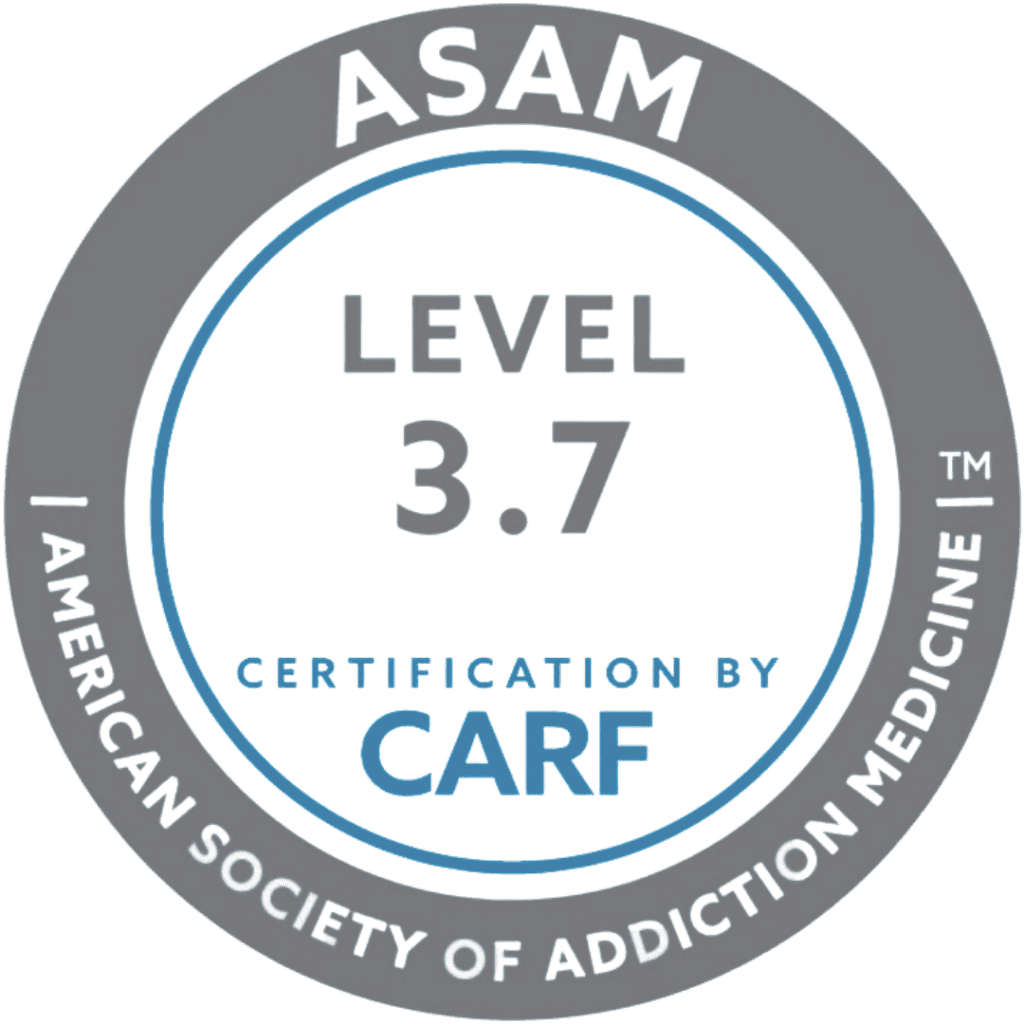Borderline personality disorder (BPD) is the most common personality disorder found in clinical settings. Even so, not many people know that there are subtypes of borderline personality disorder.
The Diagnostic and Statistical Manual of Mental Disorders Fifth Edition (DSM-5) is the standard classification of mental disorders used by mental health professionals in the U.S.) It defines the main features of BPD as “a pervasive pattern of instability in interpersonal relationships, self-image, and affect, as well as impulsive behaviors.”
According to the DSM-5, a person must have at least five of the nine DSM-5 criteria to receive a BPD diagnosis. That means that there are 256 different combinations of the criteria needed for a BPD diagnosis. With such a large amount of combinations, there is an incredibly diverse range of personality types within this one mental health disorder.
While they have yet to be officially outlined in the DSM-5, the subtypes of BPD are characterized by certain diagnostic criteria for borderline personality disorder. In fact, the main subtypes of borderline personality disorder are based on many studies of the condition.
The four subtypes of BPD include:
- Quiet borderline personality disorder
- Impulsive BPD
- Petulant BPD
- Self-destructive borderline personality disorder
With that said, studies have shown that all forms of BPD experience:
- Significant psychological and social distress
- Lower quality of life
- Excessive mortality rates
For instance, people within each of the BPD subtypes often feel like they don’t have control over their emotions, and may engage in reckless behavior and self-harm.
In this article, we will discuss the signs and symptoms of each of the four subtypes of borderline personality disorder, as well as how to get help.
Quiet Borderline Personality Disorder
People with borderline personality disorder frequently struggle to control their emotional reactions to catastrophic events, extreme stress, or abandonment crises. Instead of lashing out, quiet BPD sufferers will lash inward at themselves and internalize their feelings as self-hatred and shame.
Some examples of the quiet subtype of borderline personality disorder include:
- Internal (and external) verbalization of self-hate
- Extremely negative internal monologue
- Self-blame and shame
- Approval-seeking behavior
- Burnout
- Suicidal ideation
- Self-harm (cutting, burning, bruising, starvation)
- Self-destruction
- Suicide attempts
Commonly, quiet BPD sufferers pressure themselves to be “the best” until they break. Instead of setting healthy boundaries, they push their own limits trying to be all things for all people.
While public perceptions of BPD typically associate the disorder with the inability to hold a job, this isn’t always the case with the quiet, high-functioning borderline personality disorder type.
In contrast, people with quiet BPD typically lean toward professions related to helping others such as nursing, teaching, and mental health counseling. Job settings that lend to helping others have a natural draw to those with quiet BPD. In essence, those with quiet BPD wish to provide others in need the help they were never provided as children.
These settings are often where individuals with quiet BPD can flourish and gain a sense of purpose. However, if they meet challenges within a professional setting — whether it is a large roadblock or a small inconvenience — they often have a strong reaction. The reaction to the challenge, unlike the typical BPD personality, will be an internal battle. An individual with quiet BPD is more likely to turn inward and become self-blaming, sometimes even self-harming.
The Role of Stress in the Subtypes of Borderline Personality
When there is a trigger, or activation, of borderline personality traits, those with quiet, high-functioning BPD typically turn inwards with their intense emotional reaction. Overwhelming feelings of guilt, humiliation, and fear can set off an episode of catastrophizing—thinking the worst—which presents as “pure” borderline traits.
“Pure” BPD personality traits include:
- Despair
- Fragility
- Abandonment crises
Similarly, sufferers of borderline personality disorder—especially quiet BPD—are often incredibly perceptive of other people’s moods. In the case of quiet BPD, the person’s natural empathy helps them to understand the wants and needs of others. Unfortunately, this often results in codependent relationships in which they continue to give everything they have to offer but refuse to take the help they need.
Due to the prevalence of negative self-talk and blame, people who suffer from borderline personality disorder are much more likely to have co-occurring depression and anxiety disorders which only work to make the symptoms of BPD worse.
Petulant BPD
Not all subtypes of BPD react inwardly following a traumatic event, immense stress, or perceived abandonment. Easily overwhelmed by negative emotions, petulant BPD sufferers will express their displeasure outwardly, defining their role as the victim.
If a person with petulant-histrionic BPD fears judgment, rejection, or abandonment, they will likely display their emotions in a dramatic fashion. Instead of a sincere apology, this form of BPD presents histrionic traits, seeking out pity and comfort during confrontational situations.
Some examples of the petulant subtype of borderline personality disorder include:
- Manipulation
- Victimization
- Passive-aggression
- Controlling
- Entitlement
- Narcissistic
- Defiant
- Irritable
- Temper tantrums
Histrionic traits found in petulant BPD include:
- Child-like attention seeking
- Superficial reactions
- Overwhelming emotions
- Distorted self-image
- Emotional dysregulation
- Relationship dissatisfaction
Individuals with petulant BPD traits often suffer from cycles of feeling unworthy and unloved to fits of intense rage and sadness. Due to unmanageable feelings of inadequacy, petulant BPD sufferers often believe they can only gain love through trickery. As a result, they develop relationships based on manipulation and exploitation to avoid being rejected or abandoned. For the most part, the unequal power dynamics result in friendships and partnerships that feel hollow and one-sided.
The power imbalance found in the relationships of individuals with petulant-histrionic borderline personality disorder type typically shows up in their professional lives as well.
Their need to dominate the decision-making process and assert power over others can lead to workplace issues and toxic work environments. Unfortunately, their controlling nature will often negatively impact their romantic and professional relationships. Focused on meeting their wants and needs above all else, their decisions are rarely in the best interest of their partnerships and group objectives.
Petulant-Histrionic BPD Versus Histrionic Personality Disorder
The difference between someone with petulant-histrionic BPD and a true histrionic personality disorder (HPD) is the relationship to rejection. Someone with HPD isn’t overwhelmed with hurt from another person’s disappointment or rejection. As opposed to emotional devastation, a person with HPD will experience feelings of discomfort when they are not the center of attention.
On the other hand, when an interaction begins to veer from the petulant BPD sufferer’s way of doing things, they interpret the other person’s involvement as a direct assault on their needs and outright rejection. Even more, they would be significantly affected by the potential for rejection, losing control of their emotions. This is because the feeling of rejection holds so much weight in their interpersonal relationships.
Impulsive BPD
Similar to petulant-histrionic BPD, impulsive BPD expresses itself outwardly when triggered. That being said, impulsive BPD may include fits of inconsolable rage. Incapable of managing their emotional response, impulsive BPD sufferers will burn all bridges during an episode, cruelly blaming others for their negative emotions.
Some traits of the impulsive subtype of borderline personality disorder include:
- 50% narcissistic
- 50% borderline
- Manipulative
- Victim complex
- Quick to rage
- Overt aggression
- Low distress tolerance
- Impulsive, dysregulated outbursts
- Volatile, externalized blame
- Highly unstable identity
Also referred to as angry externalizing-impulsive BPD, this type of borderline personality disorder is the most infamous form of BPD.
Their impulsive displays of dangerous behavior are often a form of stress relief. Whether used to get their feelings out, self-soothe their damaged ego, or as punishment to those who hurt them, these unhealthy behaviors can be incredibly dangerous.
Impulsive behaviors used as unhealthy coping skills include:
- Binge drinking
- Abusing drugs
- Reckless driving
- Risky sexual activity
- Spending money
- Self-harm
- Breaking objects
Many people confuse these impulsive behaviors with mania, a symptom of bipolar disorder because the person will often appear agitated and out of control. While impulsive BPD sufferers do not have a chemical imbalance that makes them incapable of self-control like those who have bipolar disorder, they often lack the emotional regulation skills to prevent a total breakdown.
Without proper medical care, these emotional outbursts will typically escalate in severity to maintain the attention of others. As a result, this destructive pattern of behavior ultimately puts the person with BPD and others in harm’s way.
Self-Destructive Borderline Personality Disorder
Self-destructive borderline personality disorder is a particularly dangerous subtype of borderline personality disorder. Also known as depressive-internalizing BPD, people with this type of BPD often feel like they are not worthy of living. They engage in self-harm behaviors to cope with their feelings of emptiness and despair.
Some examples of the self-destructive BPD subtype include:
- Self-defeat
- Self-disruption
- Severe internalized self-loathing
- Dysphoric and depressive mood
- Mental and physical exhaustion
- Difficulty holding and securing employment
This type of BPD is characterized by behaviors and thoughts that lead to self-harm and self-destruction. People with this BPD subtype often feel like they don’t deserve to live, and may engage in passive self-harm behaviors such as neglecting themselves or others in their care. Their self-destructive tendencies can also make it difficult to successfully seek out help in treatment, therapy, and medical visits.
Additionally, self-destructive BPD is characterized by a cruel and unforgiving internal monologue that leads to self-harm and self-sabotage. Ever critical of their own thoughts and behaviors, they read into the facial and body expressions of others, creating false narratives founded on their failures. As a result, their fixation on failure and shame leads to self-isolation and mental flogging.
In fact, people with self-destructive borderline personality disorder will immediately spiral into passive self-harm behaviors. When experiencing rejection, it’s common for someone with self-destructive BPD to think, “I don’t know why I exist. I don’t know who I am or why I exist. I shouldn’t be alive — I deserve to die.” This can be very dangerous, as it can lead to accidental or intentional suicide.
Get Help for Co-Occurring Subtypes of Borderline Personality Disorder
Without treatment, each of the four subtypes of borderline personality disorder can be detrimental to a person’s well-being. People with BPD often feel like they are not worthy of living and engage in self-harm behaviors as a way to cope with their feelings of emptiness and despair.
If you or someone you know is struggling with borderline personality disorder, it is important to get help right away. Many resources are available for people dealing with this condition, and there is no shame in seeking out assistance. We can help. Get a free, confidential consultation: 888-965-3085.



















